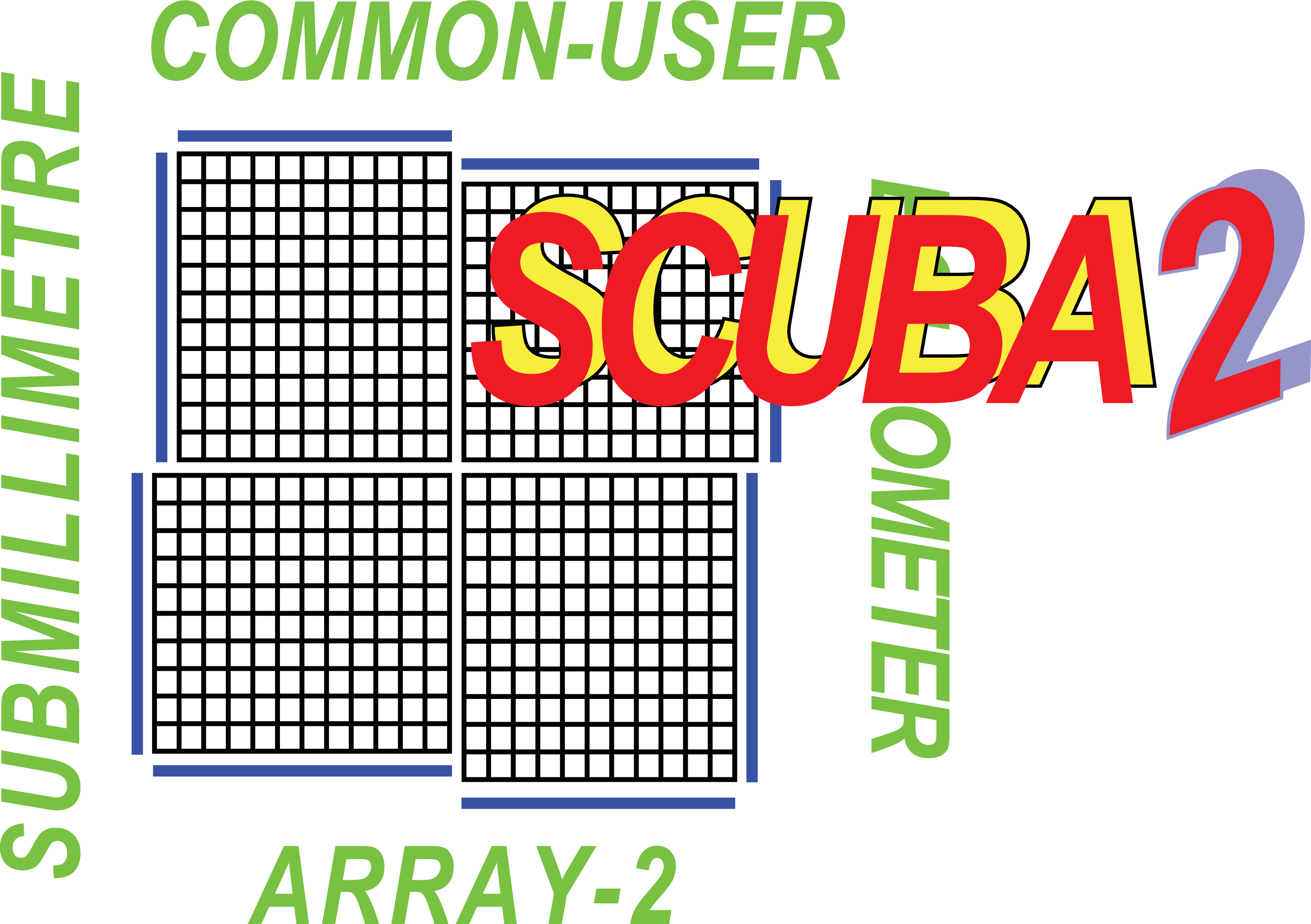[1] Chapin E. L., et al., 2009, SMURF – Sub-Millimetre User Reduction Facility, Starlink User
Note 258
[2] Currie M. J., Wallace P. T., Warren-Smith R. F., 1989, Starlink Standard Data Structures,
Starlink General Paper 38.2
[3] Currie M. J., 1997, KAPPA — Kernel Application Package, Starlink User Note 95
[4] Draper P. W., 1997, GAIA – Graphical Astronomy and Image Analysis Tool, Starlink User
Note 214
[5] Scott D., Van Engelen A., 2005, Scan Mode Strategies for SCUBA-2, SCUBA-2 Data
Reduction document SC2/ANA/S210/005
[6] Dempsey J. T., Friberg P., Jenness T., Bintley D., Holland W. S., 2010 Extinction
correction and on-sky calibration of SCUBA-2, Proc. SPIE, 7741 (DOI:10.1117/12.856476)
[7] Archibald, E. N., et al, 2002, On the atmospheric limitations of ground-based submillimetre
astronomy using array receivers, MNRAS, 336, 1-13
[8] Jenness T., et al, 2002, Towards the automated reduction and calibration of SCUBA data from
the James Clerk Maxwell Telescope, MNRAS, 336, 14-21
[9] Barnard, V. E., 2005,A summary of the search for new Submillimetre Secondary Calibrators,
Tech. Rep. SCD/SN/011, Joint Astronomy Centre
